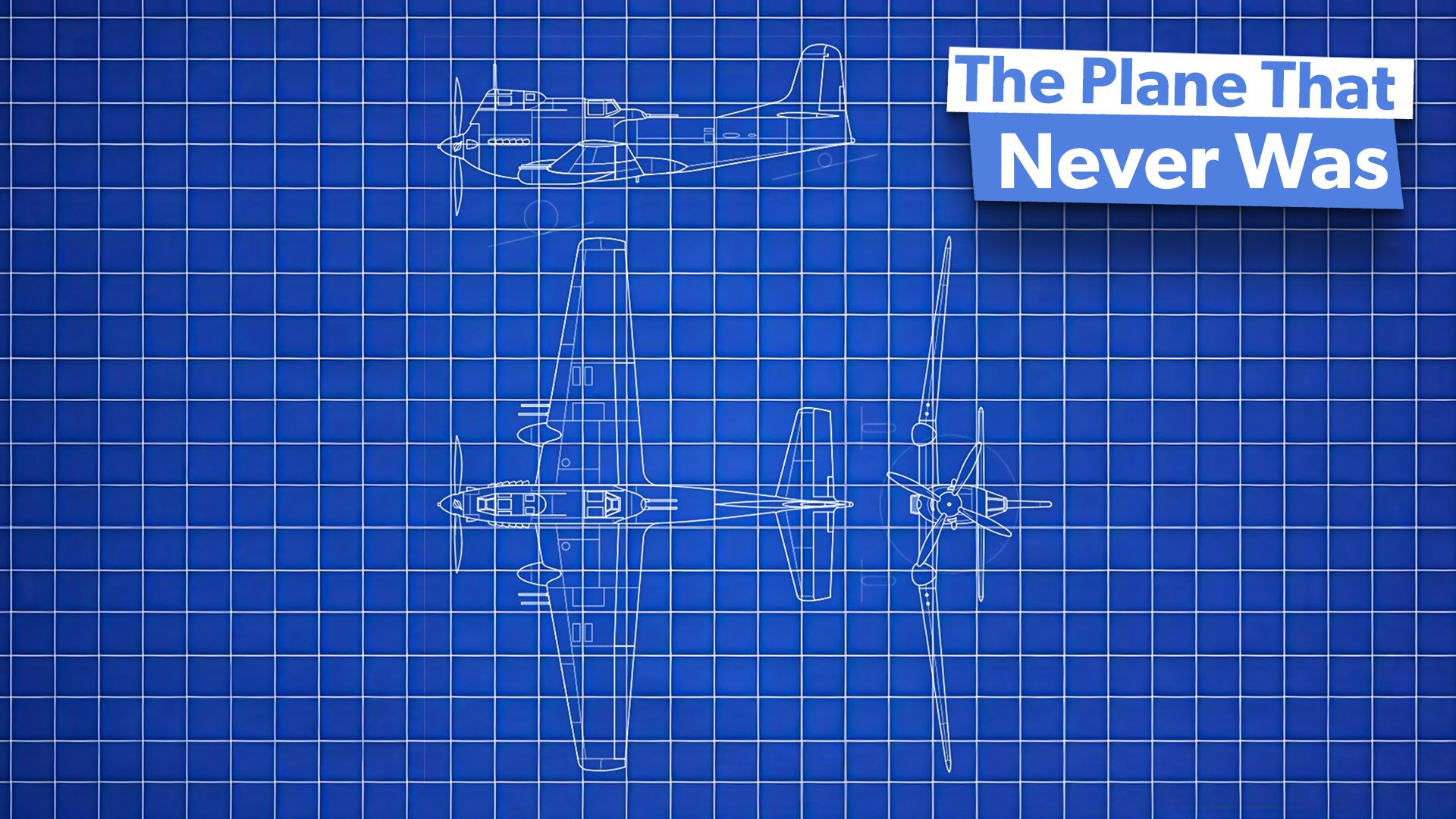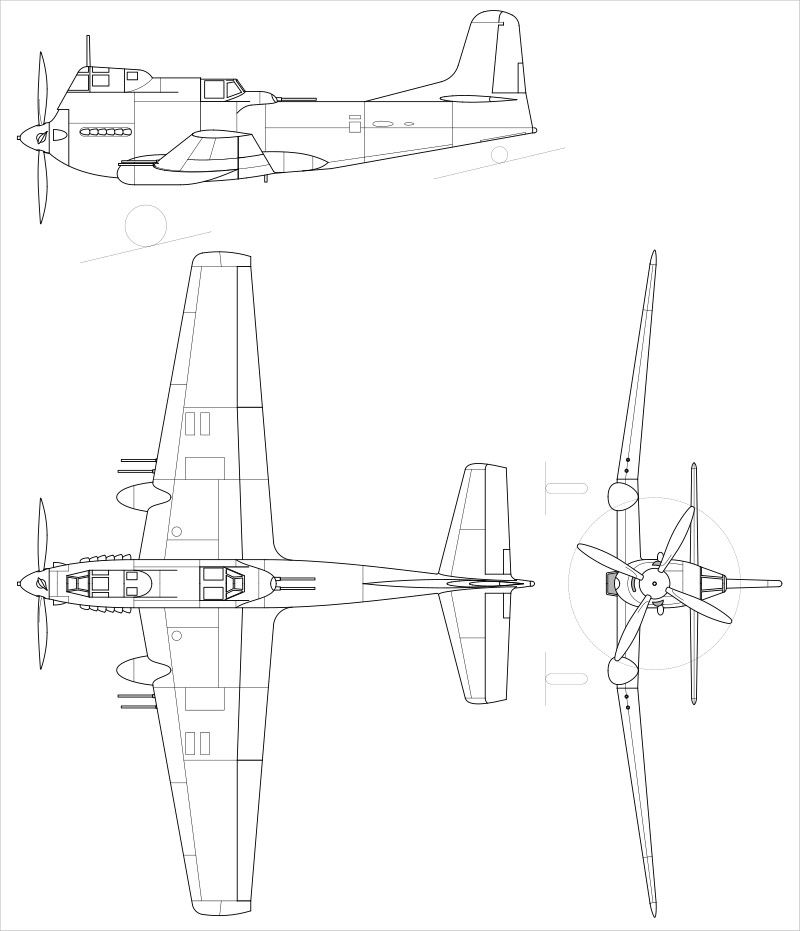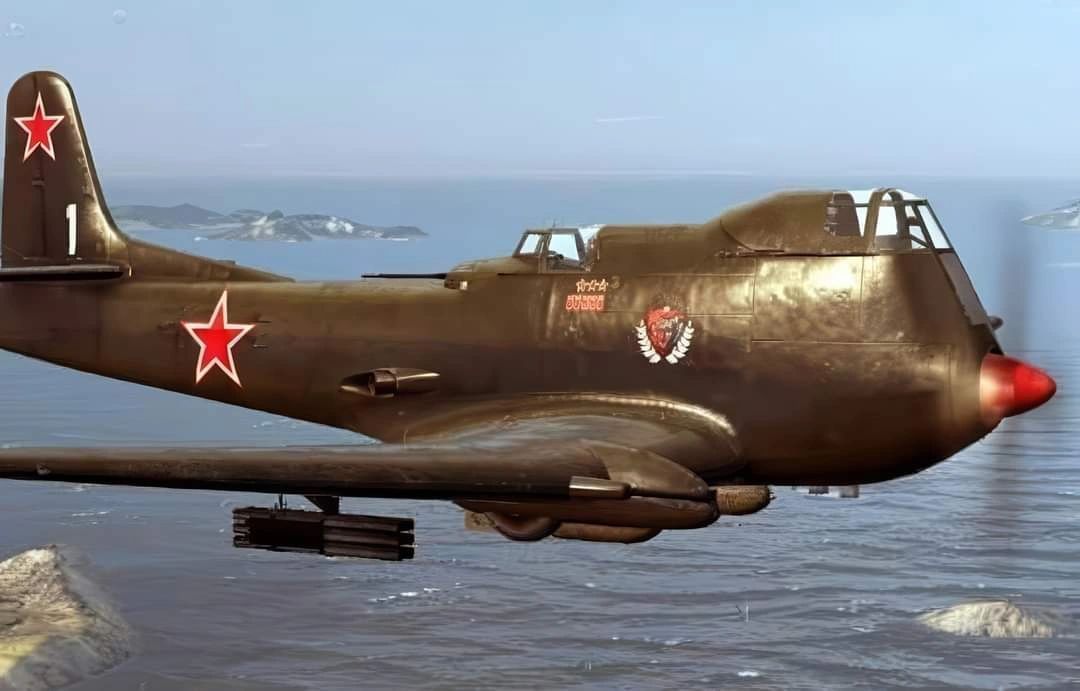Summary
- The Ilyushin Il-20 Gorbach was a weird-looking Soviet warbird with heavy armor for ground attacks.
- The designed armor for the Ilyushin Il-20 weighed down the aircraft, affecting its performance.
- The Il-20 program was canceled in 1949 due to issues with speed, firepower, and increased stall risks.
One weird aircraft article deserves another…and another…and another…and yet one more, for good measure. In recent weeks, we at Simple Flying have either published or are getting ready to publish multiple articles on weird-looking military aircraft, from the Top 5 List linked below to the V-22 Osprey to the Convair XFY Pogo to the Short Seamew (still pending publication as I write these words).

Related
Top 5: The Weirdest Military Aircraft of All Time
Such aircraft are not necessarily bad in terms of quality, but definitely different!
However, mea culpa, mea culpa, mea maxima culpa, my weird plane articles have been admittedly pretty Western-centric thus far, with the Pogo, Seamew, Osprey, and four of the five planes on the Top 5 list being Western-made (the Sukhoi Su-47 Berkut [“Golden Eagle;” NATO reporting name “Firkin”] being the lone Soviet-made exception on that list). Well, the Soviets were certainly no strangers to producing weird-looking warbirds, so in the interest of “Equal Time” (the USSR was ostensibly an egalitarian society after all), we shall cover one of those weird Soviet warbirds now. Say “privyet” (“hello”) to the Ilyshin Il-20 Gorbach (Горбач/”Hunchback”).

Related
Convair XFY Pogo: Why The US Navy’s Funny-Looking VTOL Experimental Aircraft Program Failed
Besides the pogo stick and the Pogo comic strip, there was also the Pogo V/STOL fighter plane. It predated the Harrier by over a decade.
Many thanks to my LinkedIn Connection, Charles Schlomm, LTC, USA (Ret,), retired U.S. Army aviator and former UH-1N Huey driver, for suggesting this topic!
Ilyushin Il-20 early history and specifications
The Il-20 made its maiden flight on December 5, 1948. It was conceived as a heavily armored ground-attack aircraft to replace the Ilyushin Il-10 (NATO reporting name “Beast”), apparently even more heavily armored than the famous Il-2 “Shturmovik/штурмовик” (NATO reporting name “Bark”) from the same manufacturer that had become such a legend during the epic World War II (or as the Russians still prefer to call it to this day, “The Great Patriotic War”) Battle of Kursk.
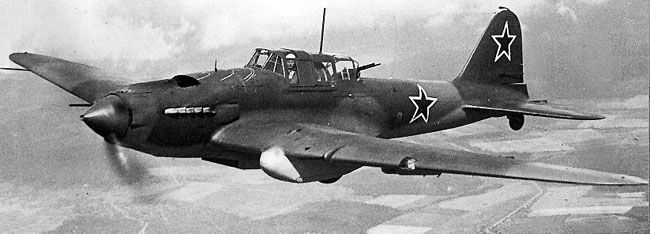
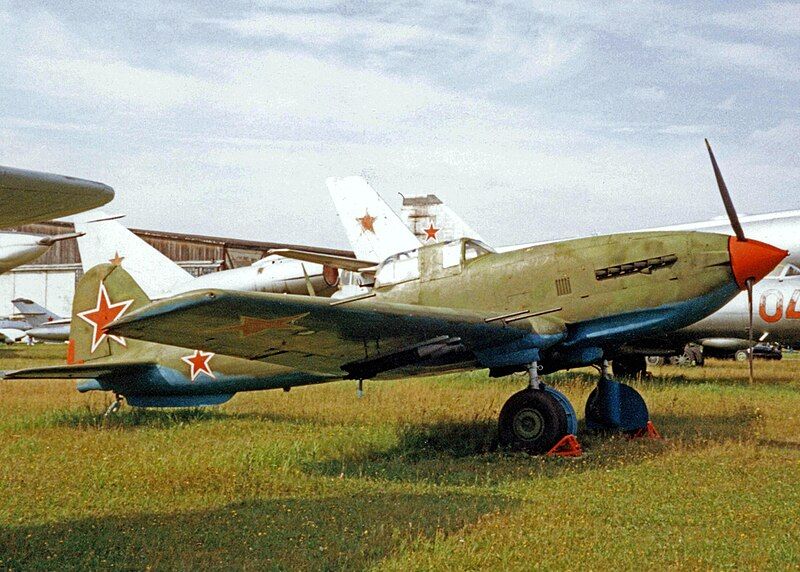
Benny Kirk of autoevolution elaborates on the rationale behind the “Hunchback” (which, by the way, didn’t last long enough to earn a NATO reporting name) in sarcastic, tongue-in-cheek fashion:
“Between the Il-2 and Il-10, these two attack planes were like the Camry and Corolla of the Red Air Force from Operation Barbarossa to the Capture of Berlin. In key factors of reliability and raw production output, the twin birds really were like Toyotas. But there was a problem. No sooner were the Il-2 and Il-10 finished turning Panzerwagens to paste did the first jet fighters appear on the scene. The prospects of an Il-2, with its lethargic top speed and pedestrian maneuverability duking it out with an American Lockheed Shooting Star or a British Gloster Meteor, didn’t bode well anyway the Kremlin sliced it.”
“With this in mind, something was needed, at least in the minds of Illyushin engineers and the Red Air Force, to squeeze just a little bit of life that was still left out of the Sturmovik’s lineage before more powerful Soviet attack jets usurped their role. We don’t know what the meeting to design the Il-20 may have looked like. But if we had to guess, it went something along the lines of a Politburo pencil pusher daring an Ilyushin engineer to build a tank with wings. To which the engineer must have said, ‘Hold my kvass‘.”
|
Crew: |
2 (pilot, gunner) |
|
Fuselage Length: |
44 ft 7 in (13.58 m) |
|
Wingspan: |
50 ft 7 in (15.43 m) |
|
Powerplant: |
1 × M-47 V-12 liquid-cooled piston engine, 2,200 kW (3,000 hp) |
|
Empty Weight: |
16,535 lb (7,500 kg) |
|
Gross Weight: |
20,944 lb (9,500 kg) |
|
Max Airspeed: |
320 mph (515 km/h; 278 kn) |
|
Service Ceiling: |
1,040 mi (1,680 km; 910 NM) |
|
Range: |
25,430 ft (7,750 m) |
|
Armament: |
|
Meanwhile, the armor ranged in thickness from 0.24 to 0.59 in (6 to 15 mm). To quote Mr. Kirk again:
“Typically, a military aircraft doesn’t want to be flying with an extra few millimeters of hardened steel armor weighing them down. But, because Soviet engineering incentivized the simple and strong over the complex and dainty back in the 1940s, 1,840 kg (4,060 lb) of sloped armor plating was sure to cure whatever was ailing Ilyushin’s engineers. ”
Operational history (or lack thereof)
According to GlobalSecurity.org, the Il-20’s initial test flights showed some promise, with “good performance of the aircraft (similar to those of lighter [sic] Il-10M, thanks to more [sic powerful engine],” adding that the cockpit design offered “an excellent forward-down view (although only in a very narrow sector).”
However, the proverbial writing was on the wall, as piston-engine combat aircraft were going out of style, falling by the wayside on account of the Jet Age. The Gorbach‘s speed was even lower than that of the Il-10, and what’s more, the would-be customer (Joseph Stalin’s government, that is) was less than pleased with the firepower of the aspiring warbird. To make matters worse, according to Alessandro Rodolfo de Paula, aviation history expert and Sr. Manufacturing Engineering Manager for Embraer, the plane was plagued by “high vibrations and stall risk when firing. Also pilot [sic] had a view through a 4″ bulletproof glass. 1 out of 10 for looks.”
Photos: Russian Federal Archives
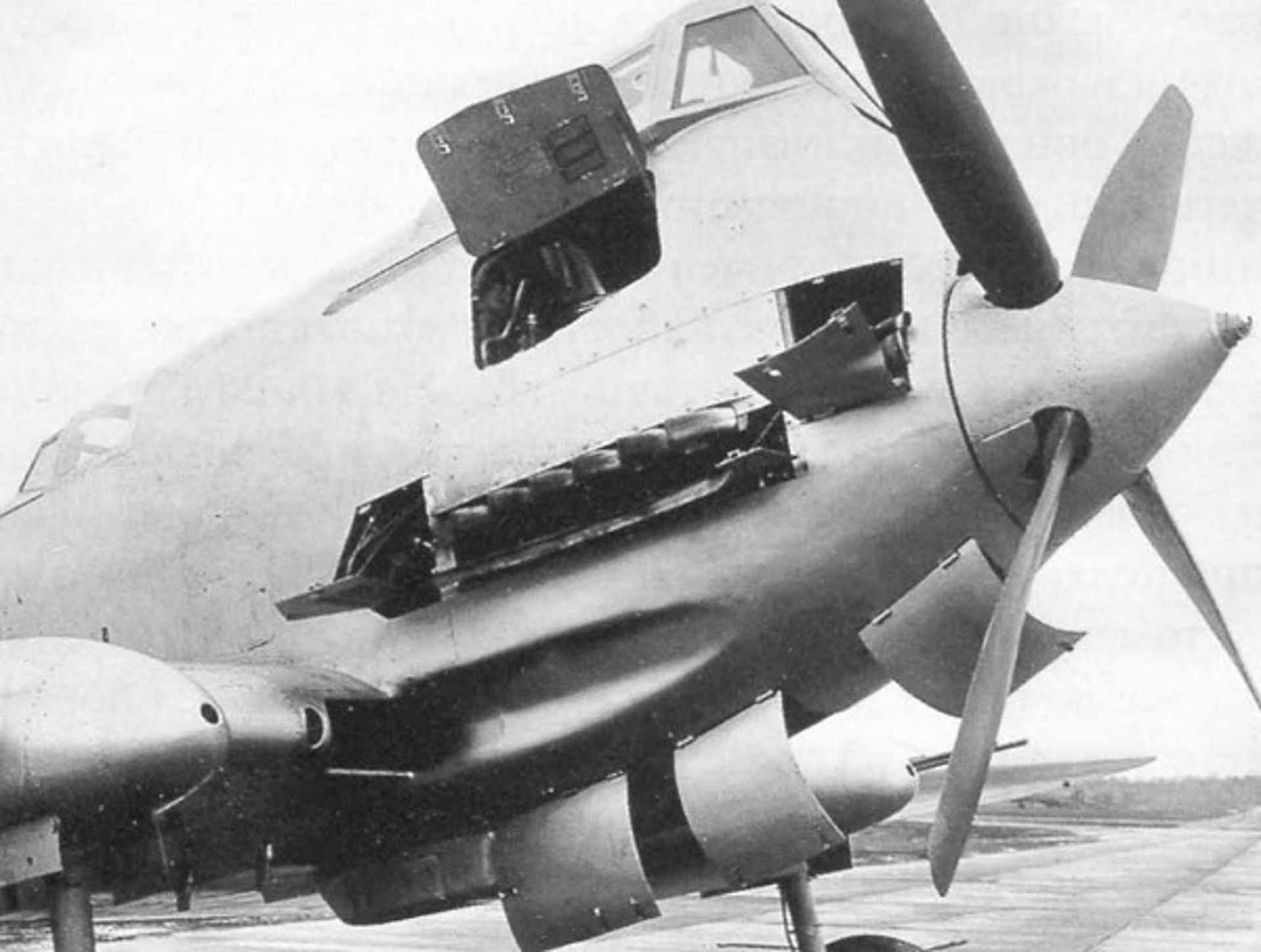
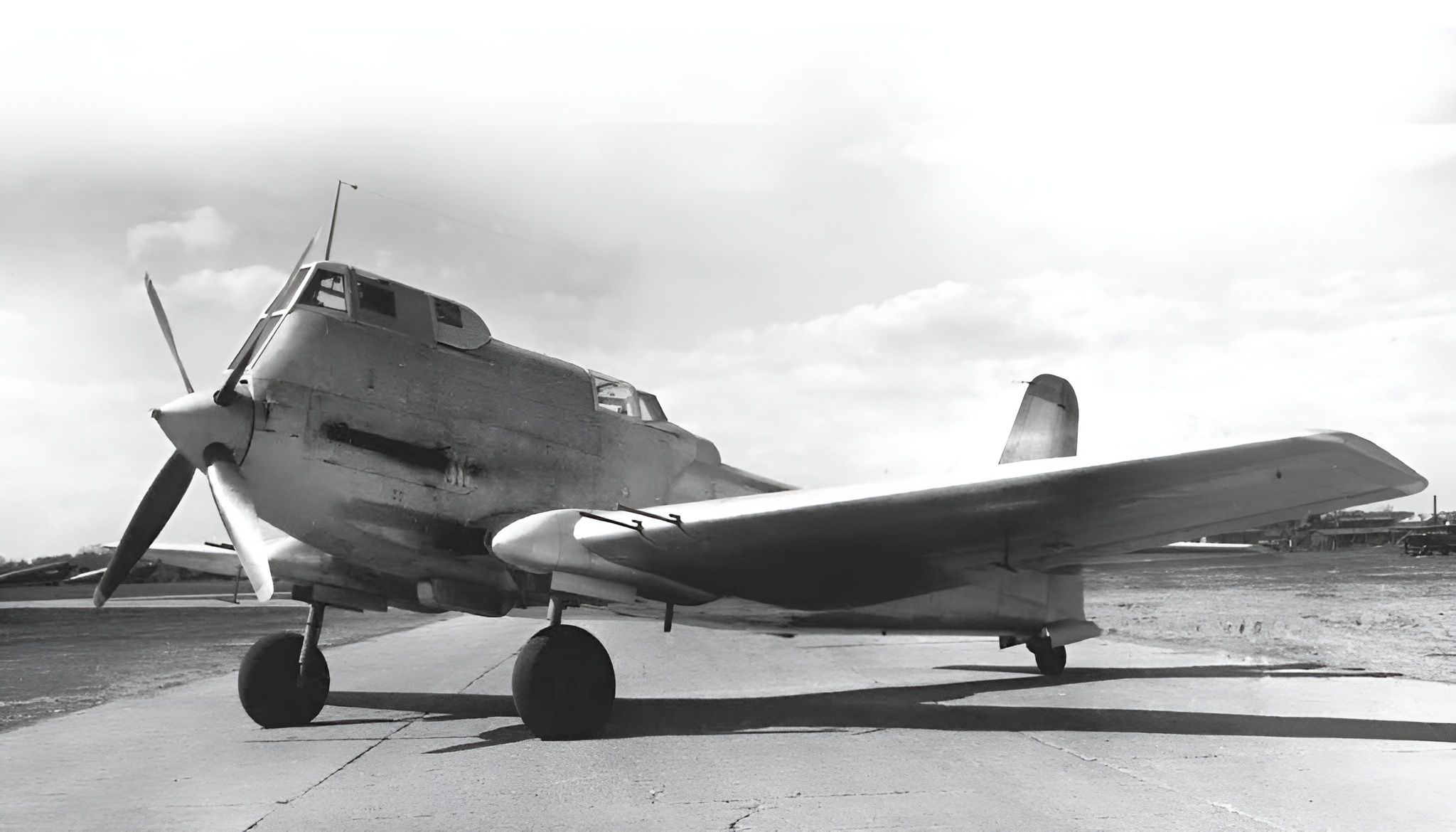
Ergo, the Il-20 program was canceled on May 14, 1949. Oh well, it least it survived long enough to celebrate one May Day in its brief lifespan.
Where are they (is it) now?
Not too surprisingly, the Soviets didn’t bother to preserve the lone Il-20 ever built for posterity, as it wouldn’t do for their propaganda machine to be reminded of failures.
However, to muddy the proverbial waters and make matters a tad confusing from a historical assessment standpoint, in 1957, Ilyushin began producing a four-engine turboprop aircraft designated the Il-18, and soon enough, they re-dubbed the militarized version of this plane…da, tovarishiy (“yes, comrades”), you guessed it, the Il-20, And unlike the 1948 version of the Il-20, the 1957 version (1) actually went into production (with approximately 678 built from 1957 to 1985), (2) earned a NATO reporting name (“Coot”) and (2) remains in limited service with the Russian Aerospace Forces to this day.
Alas, the “Hunchback” Il-20, however, unlike the “Coot” and “The Hunchback of Notre Dame,” languishes in near total obscurity.
